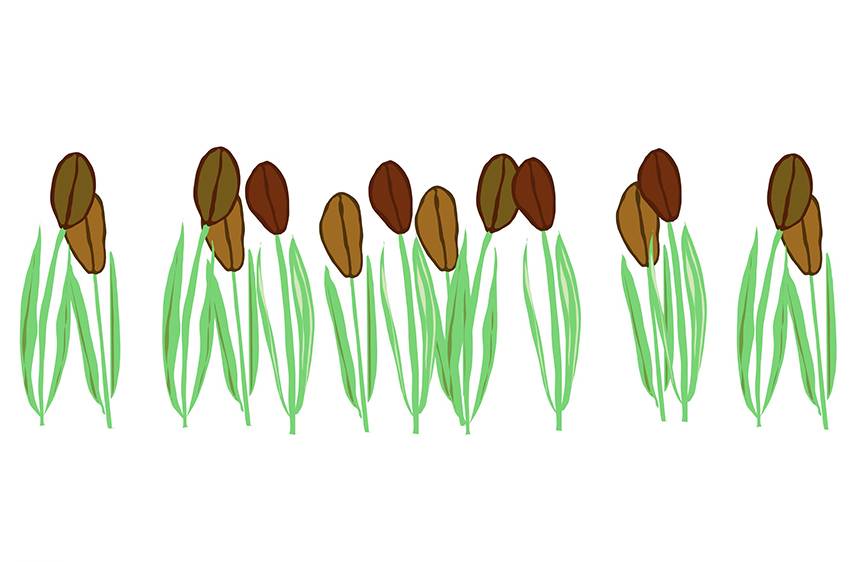Why do these milk substitutes often come with a higher price tag? Whether it is soy, almond, oat, macadamia, hemp, or any number of alternative options, why are coffee shops charging between fifty cents and sometimes up to a dollar fifty more for non-dairy choices?
In simple terms, alternative milks generally cost more for cafes to purchase. Prices tend to vary depending on the brand and type, but dairy milk is still one of the most cost-effective options per gallon. Oat milk, which has become one of the most popular alternative milks, can cost up to two to three times more than dairy milk. Even soy milk, which is widely recognized as the first alternative option, emerging on the scene well ahead of the others, tends to be more expensive.
The higher wholesale costs come from various factors which can include ingredients used, production processes, and supply chain logistics.
Many plant-based milks require more processing and haven’t yet achieved the scale of dairy milk, making it hard to keep costs at the same level. Alternative milks tend to have different shelf lives than dairy milk. This can lead to increased waste and can make inventory management more challenging for coffee shops.
Demand in the market has grown for alternative products but that has also given the perception that they are premium. Coffee shops often price them as such, tending to reason that customers are willing to pay for the option. Some critics argue this reinforces a “vegan tax,” making this a very debated topic amongst the animal rights community and people who feel that their dietary needs and choices should not put them in a financial position that creates them going out of pocket more than someone else who chooses to consume dairy. Also, for some it is not a choice, if you have a dairy allergy you may want to consume dairy but cannot consume it due to the body rejecting it, which by default means you must pay more, again creating an argument of unfairness.
It seems though that the tide may be turning. As plant-based milk becomes more mainstream prices are starting to drop. Some coffee shops and cafes have begun eliminating the extra charge entirely, reflecting shifts in consumption.
Right now, the higher price tag for alternative milks at coffee shops reflects real costs, logistical challenges, and evolving trends in the food and beverage industry. As demand continues to grow, there is hope that the pricing will equalize with dairy milk.



